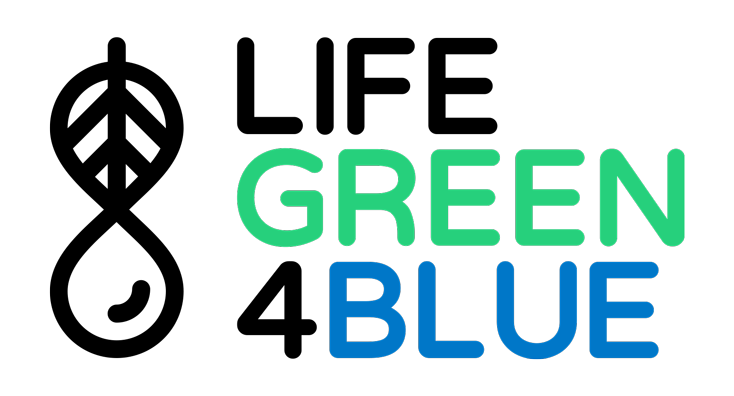
Abstract
The main biodiversity issue targeted by GREE4BLUE project is the fragmentation and degradation of habitats and reduction of the biodiversity of the area of the plain within the Bologna and Ferrara provinces (IT). This area (40730ha) is representative of the Po valley, as well as other European plains, intensively used and overexploited. The intensive use of environmental resources (e.g. water and soil) in these highly productive areas due to increase of both urban/industrial settlements and agricultural intensive management, is accompanied by a general loss of biodiversity. This area is one of the most endangered territory for biodiversity conservation, as highlighted in the PRIORITISED ACTION FRAMEWORK FOR NATURA2000 published by Emilia Romagna Region. These ecosystems, impoverished in their specific composition, often dominated by invasive animal and plant species, are relictual and fragmented residues in a strongly anthropic landscape matrix, with a reduced resilience and therefore perform lower quality ecosystem services. Although some sites are within the Natura 2000 ecological network (IT4060001, IT4050022, IT4050023, IT4050024, IT4060017), the network is scattered and the quality of the protected habitats and their management are often unsatisfactory due to strong anthropic pressures. In the target area, the agricultural land has been reclaimed in the past and an important network of canals and drainage ditches furrows the plain. The main function of the canals is to gather rainwater for the hydraulic safety, and divert it to the sea, avoiding water to flood areas that were humid, insalubrious and extremely exposed to flooding. These canals receive drainage water by agricultural soils, contaminated by nutrients and pesticides, and in summer their water are used for irrigation. Furthermore, near urban and industrial settlements, wastewater is inlet in these canals. About 87% of the territory is dedicated to human activities, while the presence of forests and seminatural areas is very low (2%). An important environmental feature of the target area is the presence of inland waters and a dense network of artificial canals (620km) managed by CBR links wetlands that occupy the remaining 11% of the territory. In order to efficiently carry out the water transport functions and the maintenance of hydraulic safety, this canals are managed through recurring operations of periodic removal of spontaneous riparian vegetation. This approach causes the elimination of ecosystems and habitats along the canals, increasing the anthropic pressure on natural resources, limiting the ecological corridors function and the ecosystem services that they can perform (e.g. water depuration, nutrient cycle, landscape, etc.), exposing the Natura 2000 areas to strong impacts and stress. Canals are home to several invasive species, both animal and plants (mainly M. coypus and P. clarkii). The target environment, so simplified and degraded, does not allow to express potential in terms of ecosystem services. The project aims to reduce the fragmentation of the aquatic and hydrophilic ecosystems of the canals, mainly affecting habitats listed in Annex I of the Habitat Directive (e.g. 91F0 or 92A 0), through a smart canal management. Sustainable vegetation management of canals will increase the biodiversity of flora and fauna related to the inner freshwater wetlands.
Project details
Unibo Team Leader: Mauro Delogu
Unibo involved Department/s:
Dipartimento di Scienze Mediche Veterinarie
Dipartimento di Scienze e Tecnologie Agro-Alimentari
Coordinator:
Consorzio Della Bonifica Renana(Italy)
Other Participants:
Legambiente Nazionale APS Onlus
(Italy)
ALMA MATER STUDIORUM - Università di Bologna
(Italy)
Total Eu Contribution: Euro (EUR) 1.327.303,00
Project Duration in months: 72
Start Date:
01/10/2019
End Date:
30/09/2025


